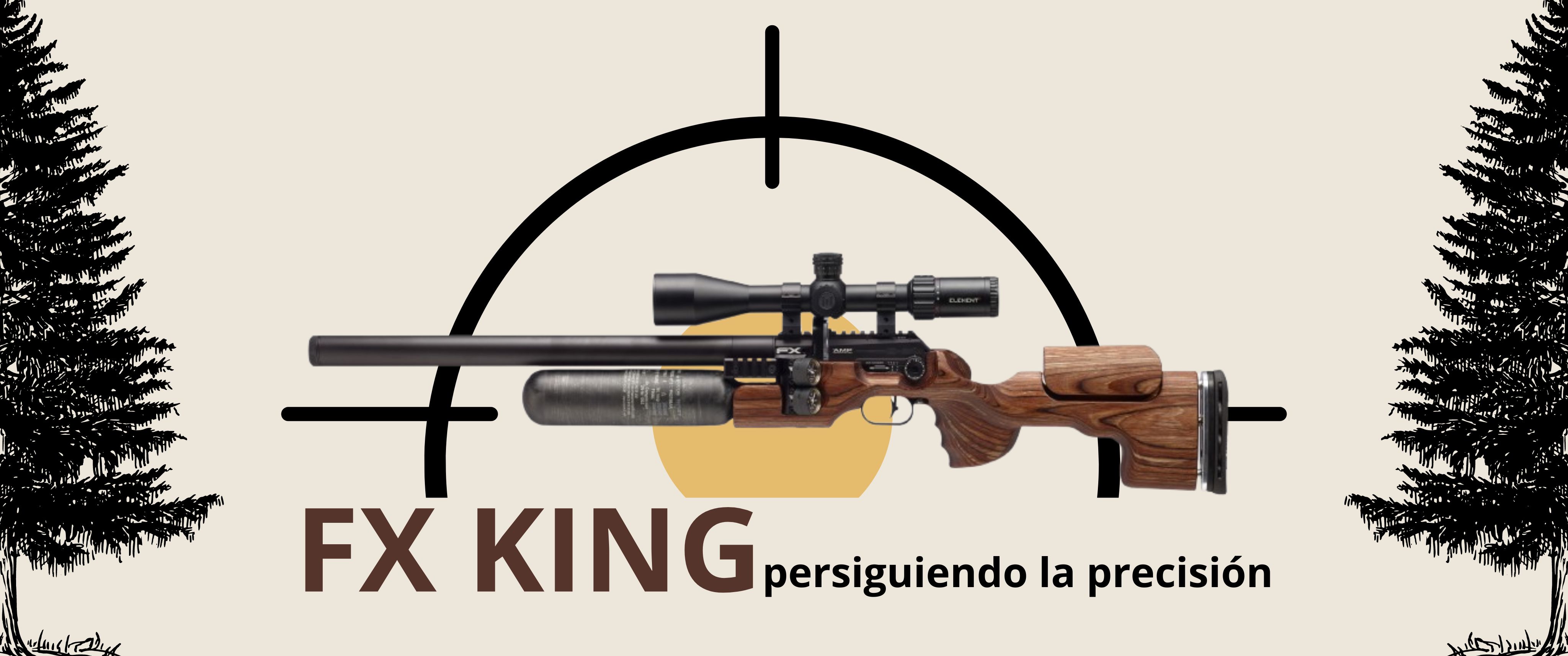- Armas de aire addremove
-
Partes
addremove
- FX Airgunsaddremove
- Bobcataddremove
- Boss
- Crownaddremove
- Cyclone
- Dreamlineaddremove
- DRSaddremove
- Dynamic
- Gladiatoraddremove
- Impactaddremove
- Independence
- Indy
- King
- Leopard
- Maverick
- Monsoon
- Panthera
- Ranchero
- Revolution
- Royale 400 / 500
- Streamline
- Wildcataddremove
- T12 / Typhoon / Verminatoraddremove
- Cometaaddremove
- FX Airgunsaddremove
- Munición addremove
- Ópticas addremove
- Accesorios addremove
- Repuestos addremove
- Marcas Array
EuropeAirguns especializados en aire comprimido
Crea tu cuenta de cliente y consigue código de 5% de descuento en la primera compra
























